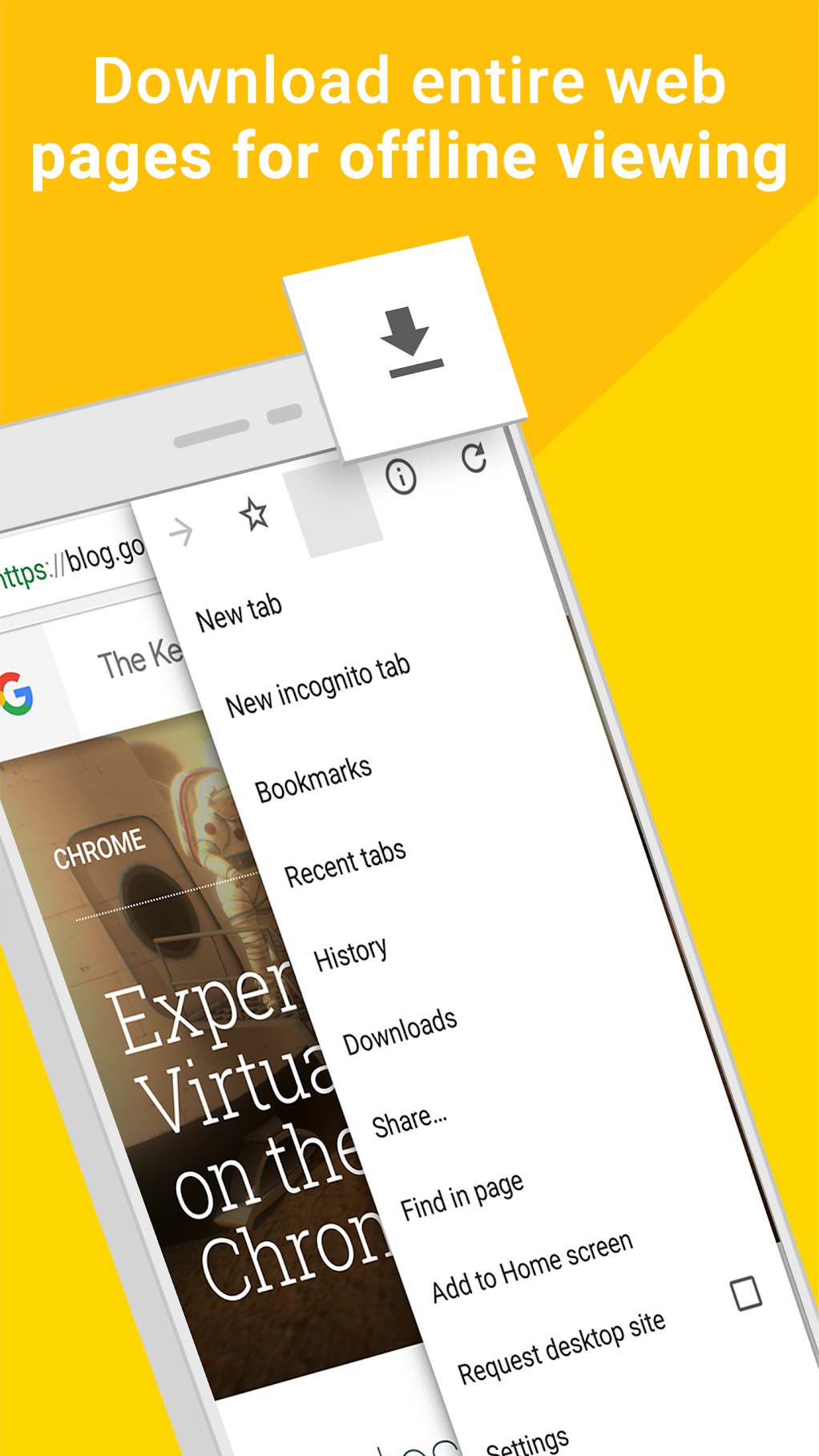
They’ve also been working towards WebVR support in Chromium and launched VR view to help web developers embed VR content in their web pages. According to Road to VR, Google Chrome Beta and Google Chrome Dev on Android have settings for WebVR, and Chrome Dev now lists VR Shell, which Chromium evangelist Franois Beaufort says. This allows users to browse the web while using Cardboard or Daydream-ready viewers. SVRF will be the first Google Extension that allows you to experience 360 VR content on the browser without the use of other applications. Well, if you were one of those people dreaming about that happening one day, you won’t have to wait any longer. They’ve recently added an experimental flag at Flags to enable a browser shell for VR. Imagine surfing on Google Chrome’s browser while looking at some majestic 360 VR content. “The Chromium team is working on several features to bring the web to VR. Chrome Dev (one extra step back in development from Beta) now contains a ‘VR Shell’ setting which Google’s Chromium Evangelist Franois Beaufort says enable s a browser shell for VR which.


These sites confirm to an in-development WebVR standard – but Google’s latest effort is designed to account for the countless sites which don’t conform. There are currently some sites that can be viewed in VR, specifically because they are designed for VR in the first place. Road To VR reports that Google is working to allow any website to be viewable from within a VR headset – which, for the company, would benefit the Google Cardboard HMD as well as any upcoming Google Daydream headsets. As reported by Road to VR, the Chrome in VR isn't fully.

Normal Firefox may not work yet with Oculus or Vive. Chrome for VR is currently an experimental feature and can be activated by going to 'chrome://flags/enable-vr-shell' in the URL bar. No, it’s no longer an April Fool’s joke - soon you’ll be able to browse the entire web in virtual reality. In the address bar, open chrome://flagsenable-webvr and enable WebVR.


 0 kommentar(er)
0 kommentar(er)
